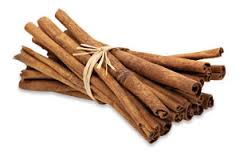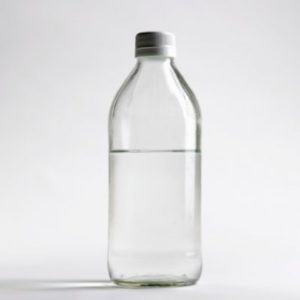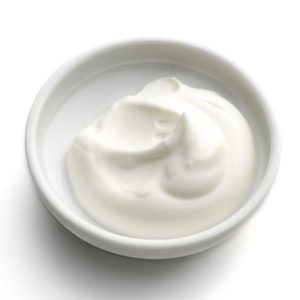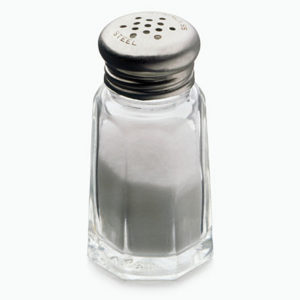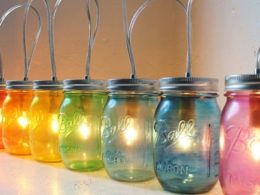Despite its name, athlete’s foot has got nothing to do with athletes. Anyone can have it, particularly those who have sweaty feet and are often confined in tight fitting shoes.
Athlete’s foot, or tinea pedis in medical terms, is a skin fungal infection caused by the Trichophyton fungus, the same type of fungus that causes ringworm and jock itch. It usually starts as an itchy and scaly red rash in between the toes that can spread to the soles of your feet and to your hands. The infection can also spread to the scalp, where it causes hair loss and hairy patches; to the groin, where it causes itching and thickening of the skin; and to the body, where it appears as round, red itchy, scaly patches.
Athlete’s foot is contagious. It can be spread through direct contact with someone with athlete’s foot. It can also be transferred indirectly by sharing towels, socks or shoes with someone suffering from the skin infection. Other chance of catching it is when you walk bare foot in public places like communal showers, swimming pools, and changing rooms. The places mentioned are often humid and warm which are known breeding grounds of fungi.
Athlete’s foot can be embarrassing but don’t despair. Most cases of athlete’s foot is mild and easily treatable. Try these easy homemade remedies to get rid of your athlete’s foot for good.
1. Tea tree oil
www.mouldinhomes.com
This oil extracted from the leaves of the melaleuca tree has excellent anti-microbial, anti-bacterial and anti-septic properties. It can help eliminate the fungus causing the infection and diminish its spread to other areas.
Add 40 drops of tea tree oil to a foot bath and soak your feet for 10 minutes. After soaking and thoroughly drying your feet, massage a thin layer of tea tree oil on the affected area. Do this three to four times a day.
2. Cinnamon
www.adagio.com
Ayurvedic and Chinese medicine have long revered cinnamon for its curative properties, using it to treat colds, cramps and indigestion, as well as to improve circulation, energy and vitality. Modern research have shown this spice to have antifungal, antiviral and antibacterial properties. It has the ability to suppress candida albicans, staphylococcus and E. coli.
Soaking your feet in a cinnamon tea foot bath can help decrease the rate of growth and spread of the fungus. Place 8 to 10 cinnamon sticks in 4 cups of water in a low boil. Let it simmer for 5 minutes. Take off from heat and let it steep for 45 minutes. Allow the water to cool to lukewarm then soak your feet for 15 to 30 minutes. Do this at least once a day.
3. Tea
www.impratea.co.ke
Similar to a cinnamon tea soak, tea is known as a home remedy for athlete’s foot. It contains tannic acid, a compound that acts as a natural astringent that retards fungal activity and helps keep feet of excess moisture.
Steep 5 black tea bags in 4 cups of boiling water for 5 minutes. Allow the water to cool to lukewarm then soak your feet for about 30 minutes. Dry your feet thoroughly afterwards. Do this twice a day daily for five to six weeks or until you see improvements.
4. Vinegar
www.fencie.com
The acidity in vinegar helps to kill the fungus and helps to bring down the skin’s pH level, thereby inhibiting the growth and spread of the infection. Vinegar also helps to keep your feet dry by drawing out excess moisture.
Mix one cup each of water and vinegar then use this to wash your feet with antiseptic soap. After washing, dip a cotton ball in the mixture and apply this on the affected areas. Leave it on for 20 minutes then wipe it with a damp cloth. Pat dry with a towel. Repeat this procedure twice a day for several weeks or until the infection subsides.
5. Yogurt
newscodex.com
Yogurt contains live acidophilus bacteria that helps keep fungal and bacterial activity in check. Be sure to purchase yogurt with live, active bacteria.
Dip a cotton ball in yogurt and apply this on the affected area. Let it dry on its own then rinse it off with warm water. Pat dry and thoroughly dry your feet. Do this procedure twice a day for several weeks.
6. Salt
studentsocietyforscience.org
Aside from being a highly effective antiseptic and antibiotic agent, salt is also quite lethal as an anti-fungal agent. It acts by changing the concentration of salt around the organism. Water tends to flow to where salt is highly concentrated in an attempt to diffuse the concentration of salt . Since salt concentration is higher outside the cell, water spontaneously flows through the cell membrane. This forces the organism to expend energy in maintaining this equilibrium, thereby retarding its growth and leading to its eventual death.
Add 6 teaspoons of salt in a quart of lukewarm water. Soak your feet in this solution for 5 to 10 minutes. Thoroughly have your feet fried after soaking and dash some baking soda in between your toes. Do this four to five times a week until you see improvement.
7. Garlic
www.theguardian.com
The compound that gives garlic its hot and burning flavor is also responsible for giving this bulb its antibacterial and anti-fungal properties. This compound is called allicin and studies reveal it to be a potent anti-microbial agent that can kill even drug-resistant bacteria.
Crush one clove of garlic and put a few olive oil drops. This will make a paste. Put this to the affected area and leave for 30 minutes. Wash it off with water and anti-fungal soap then dry your feet thoroughly. Repeat this process at least once day for several weeks until infection is gone.






